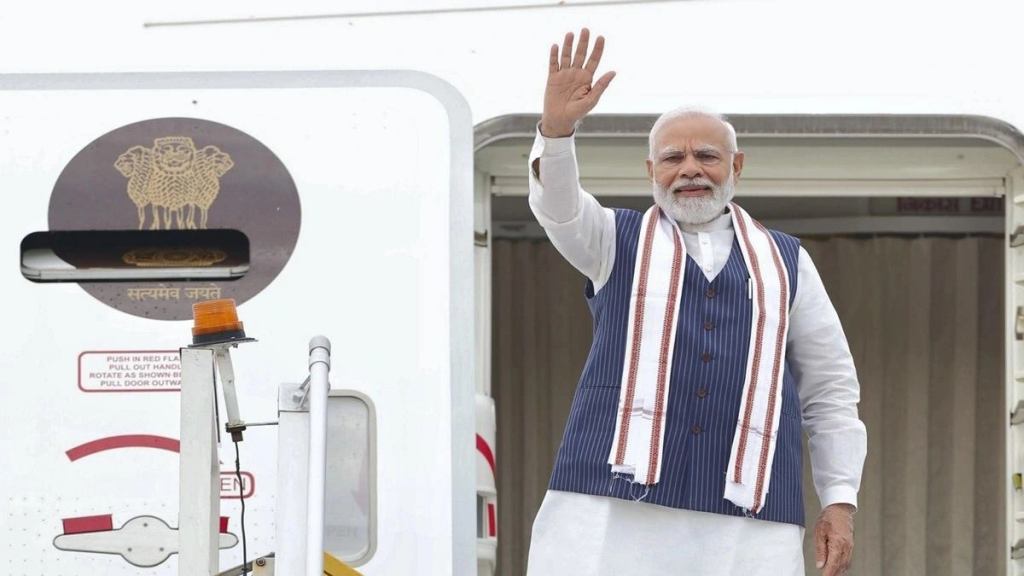As prime minister Narendra Modi arrives in the US on an official State visit, all eyes will be on how both nations strengthen their comprehensive global strategic partnership built on shared democratic values and trust. Modi begins his visit in New York leading the ninth International Yoga Day celebrations. On June 22, he addresses a joint session of the US Congress, the second time he will do so after 2016, followed by a State dinner. Like he did seven years ago, the PM will doubtless share his vision of India’s future and highlight the global challenges facing both nations. The Ukraine war threatens the energy and food security of the global South. US-China tensions have deepened with the prospect of de-risking of supply chains from the dragon. Although India’s foreign policy is increasingly aligned with that of the West, especially the US, it also has strategic relationships with major powers like Russia in a multi-polar world.
While it is unlikely to enter into a formal alliance with the US, this does not preclude a strengthening partnership through greater cooperation in defence and technology. After decades of being “estranged democracies,” the US and India later became “engaged democracies”, especially under the George W Bush administration under whose watch a historic agreement on civilian nuclear cooperation was signed. Now with President Biden, bilateral relations have been described as the “defining relationship of the 21st century”. A new era thus has begun for US-India relations. But to seize the opportunities, there is a need for more ballast in the economic component of the comprehensive global strategic partnership. America’s deepening engagement with the world’s fastest growing economy must reflect in expanding trade, investment and technology flows. The US as a tech superpower can help modernise India’s agriculture and address the imperatives of energy security and climate change.
The US has also become a leading supplier of defence equipment to India. Modi’s visit is expected to result in the supply of Predator drones and an agreement to manufacture GE’s fighter jet engines in the country. Furthering these outcomes is the path-breaking initiative on critical and emerging technologies like artificial intelligence, quantum computing, semiconductors, telecom and space. Bilateral trade in advanced technology products, however, is currently low with India accounting for only 1.6% of US’s global trade in the four months of this year. The US is now India’s largest trading partner but more needs to be done to deepen commercial ties, identify and remove impediments on both sides to clear the way for a new phase of trade cooperation.
The transformation in Indo-US ties from estrangement to one of engagement bodes well for bolstering their comprehensive global strategic partnership. An important factor in bringing the world’s oldest and largest democracies closer is definitely the growing profile of the over 4 million-strong Indian diaspora which is perhaps the wealthiest ethnic community in the US and has distinguished itself in many fields from academics, Silicon Valley entrepreneurship, including heading Fortune 500 companies as CEOs. Deepening economic engagement befits closer relations between the two nations that trust one another. India’s ambitions to become a developed nation will be realised with more access to the domestic market of the richest country in the world. In the post-World War II world, no country has prospered without exporting to America. It is now India’s turn.


